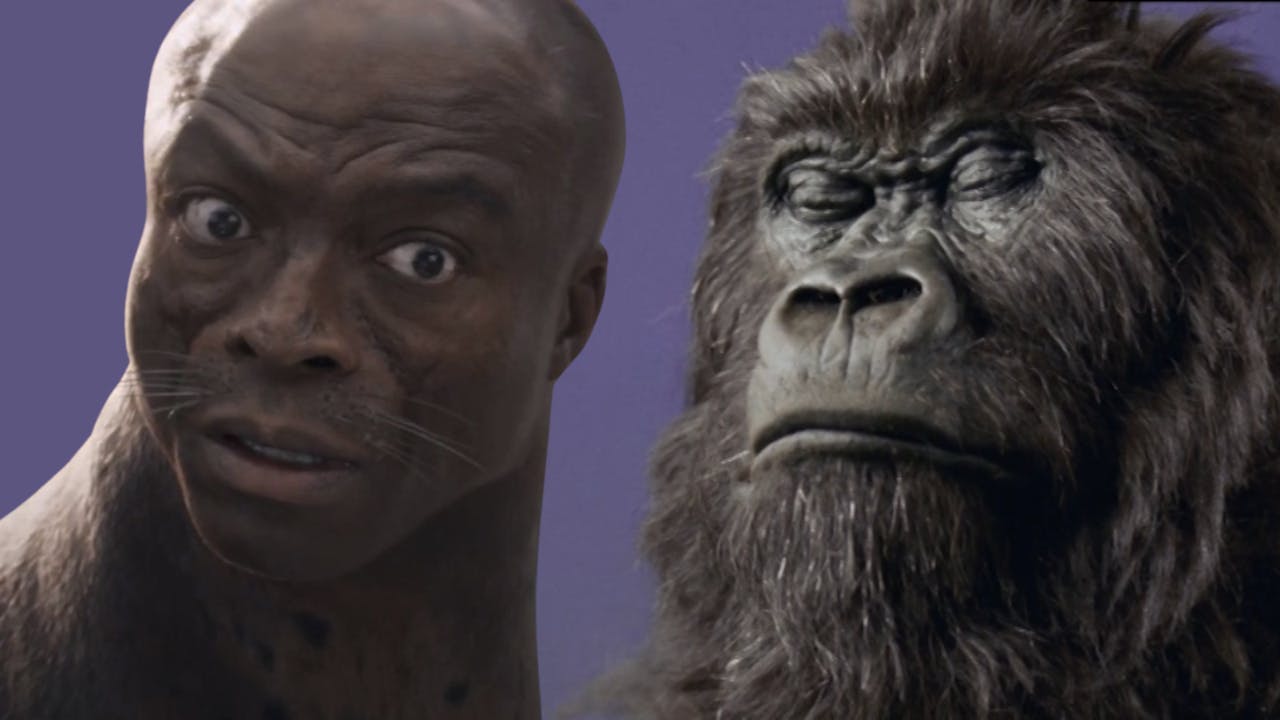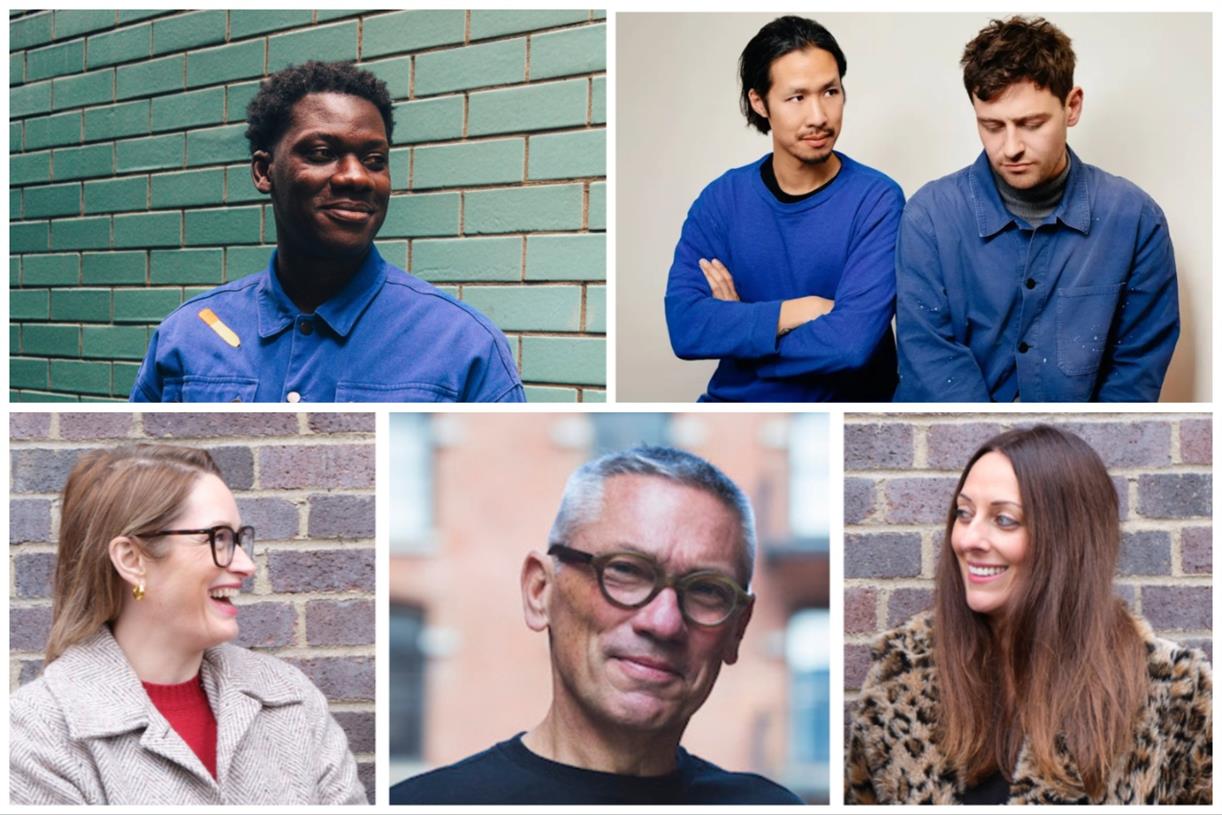After ingesting all things Super Bowl, System 1’s Andrew Tindall has undergone a marketing epiphany about ‘feral’ ads. Many British creatives tend to dismiss Super Bowl ads as hollow or nonsensical, but this year’s lineup has proven them wrong.
My First Marketing Revelation
My first encounter with feral advertising happened in Ghana when launching a new flavored drink. I was convinced that our proposition was perfect—until I realized that the real choice driver for locals was energy in bed. This shocking revelation taught me a valuable lesson: You are not the customer.
My Second Marketing Revelation
The Super Bowl ads this year challenged my preconceived notions about celebrity appearances and narrative structure. I, too, was a creative snob, romanticizing UK advertising legends. However, creativity in marketing is about connecting the dots to achieve business results, which requires viewing the world through the customer’s eyes. This year’s ads, filled with CGI seals, flying mustaches, and even people eating lava, scored higher than any previous Super Bowl.
The key to this success? A combination of classic creative techniques and feral ideas that subverted expectations. For instance, Mountain Dew and Reese’s ads exemplified this approach, throwing traditional norms out the window.
These ads resonate with consumers, proving that feral advertising can achieve high engagement and viral potential. Brands like Budweiser may still rely on traditional tactics, but the feral ads are where the excitement lies.
This year’s Super Bowl should inspire marketers to embrace market orientation and remember that creativity comes in all shapes and sizes. The best ads this year show that being feral is not just a trend—it’s the future of advertising.
If you're interested in more insights, you can find comprehensive analyses of Super Bowl ads over the past six years here.






Comments
Join Our Community
Sign up to share your thoughts, engage with others, and become part of our growing community.
No comments yet
Be the first to share your thoughts and start the conversation!